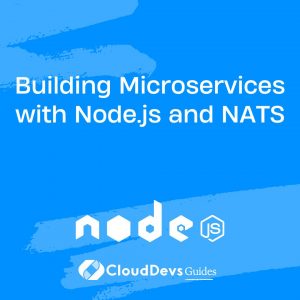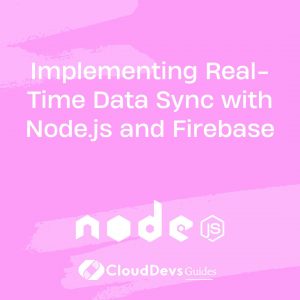How do you create a RESTful API in Node.js?
Creating a RESTful API in Node.js involves defining routes, handling HTTP requests, and sending appropriate responses according to the principles of Representational State Transfer (REST). Here’s a basic outline of how to create a RESTful API in Node.js using Express.js:
Set up a Node.js project:
- Initialize a new Node.js project using npm or yarn.
Install dependencies:
- Install Express.js and any other necessary dependencies using npm or yarn.
Create an Express.js app:
- Set up an Express.js application in your project.
Define routes:
- Define routes for different API endpoints using Express.js routing methods (app.get, app.post, app.put, app.delete, etc.). Each route corresponds to a specific resource or action in your API.
Handle HTTP requests:
- Implement request handlers for each route to handle incoming HTTP requests. These handlers may interact with a database, external APIs, or other services to perform CRUD operations or business logic.
Send responses:
- Send appropriate HTTP responses (status codes, headers, and data) back to clients based on the request handlers’ results.
Middleware:
Use middleware functions to add functionality such as request logging, error handling, authentication, and validation to your API.
- Testing:
- Write unit tests and integration tests to ensure your API behaves as expected and handles various scenarios correctly.
Here’s a simplified example of creating a RESTful API using Express.js:
javascript
Copy code
const express = require('express');
const app = express();
const PORT = process.env.PORT || 3000;
// Define routes
app.get('/api/users', (req, res) => {
// Logic to fetch users from the database
res.json({ users: [...dummyUsers] });
});
app.post('/api/users', (req, res) => {
// Logic to create a new user
res.status(201).json({ message: 'User created successfully' });
});
// Start the server
app.listen(PORT, () => {
console.log(`Server is running on port ${PORT}`);
});
This example sets up a simple API with routes for retrieving and creating users. Actual implementations may include more complex business logic, data validation, and error handling.








